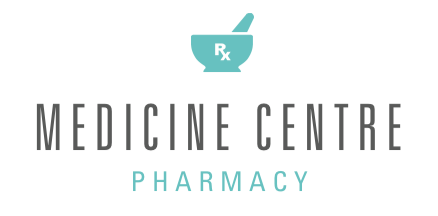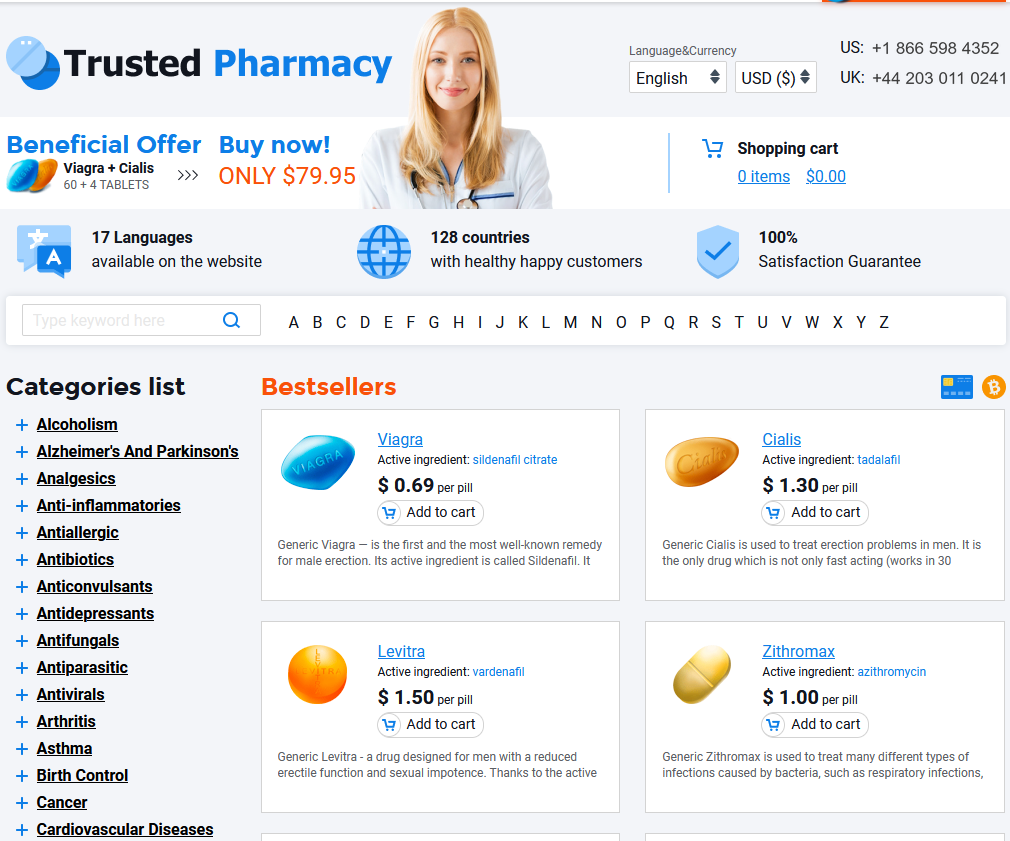To Visit Online Pharmacy Click HERE ↓
Keflex for Skin Infections: What to Expect
Understanding How Keflex Fights Skin Infections
When you take Keflex for a skin infection, you’re using a medication from the cephalosporin family of antibiotics. These antibiotics work by targeting and disrupting the formation of bacterial cell walls. Without strong cell walls, bacteria like Staphylococcus and Streptococcus cannot survive or multiply, allowing your immune system to clear the infection more effectively.
Keflex is particularly effective against many common bacteria found in skin infections. By directly interfering with the bacteria’s ability to sustain themselves, it rapidly reduces both the number and strength of harmful invaders in the affected area. As a result, redness, swelling, and tenderness often begin to subside within a few days.
Here’s a quick overview of how Keflex acts:
| Step | Action |
|---|---|
| 1 | Keflex enters the bloodstream after you take it. |
| 2 | It targets bacteria at the infection site. |
| 3 | Bacteria are weakened and destroyed, aiding your body’s recovery. |
Always use antibiotics as prescribed to achieve the best results and limit resistance.
Common Skin Conditions Treated with Keflex

Keflex is frequently prescribed by doctors to treat a variety of bacterial skin infections. Among its most common uses are battling cellulitis, a painful swelling and redness beneath the skin’s surface, and tackling impetigo, a contagious skin rash that often affects children. Infected wounds and simple abscesses also respond well to this antibiotic. Because keflex targets bacteria responsible for these conditions, it can help relieve uncomfortable symptoms and speed up healing when taken as directed across the full course of therapy.
What Your Keflex Dosage and Course May Look Like
When you’re prescribed keflex for a skin infection, your doctor carefully considers several factors before choosing the right dose and length of treatment. Typically, adults are instructed to take keflex every 6 to 12 hours, usually continuing the medication for 7 to 14 days, depending on the infection’s severity and your personal health status.
Children may receive different doses, tailored to their body weight and age, highlighting the importance of following your healthcare provider’s instructions closely. Even if you notice improvement within a few days, completing your full course of keflex is essential to stop the bacteria from returning or becoming resistant.
It’s common to wonder how fast you’ll see results, and most people start to feel relief within a few days. Taking each dose at the prescribed time keeps the medication levels steady in your system, which gives you the best chance at a smooth and effective recovery.
Potential Side Effects You Should Be Aware of

As you begin taking Keflex, most people notice it’s generally well-tolerated. However, like any antibiotic, it may trigger certain unwanted reactions. Some of the more common issues are mild, such as diarrhea, nausea, or an upset stomach. Occasionally, you may experience headaches or feel dizzy.
It’s important to pay attention to your body while on this medication. Sometimes a skin rash or itching can occur as a sign of sensitivity. More rarely, people may be allergic and develop swelling, severe rash, or difficulty breathing—these need immediate attention.
Staying hydrated and taking Keflex with food may help ease minor side effects. Always inform your doctor about any uncomfortable symptoms that persist.
Tips for Improving Recovery While on Keflex
Take each dose of Keflex at evenly spaced intervals to maintain a steady antibiotic level in your system. Pair your medication with plenty of water and try to rest as much as possible; your body heals faster when well-hydrated and rested. Finish your entire course, even if symptoms improve quickly, to prevent the infection from returning. Supporting your skin’s recovery with gentle hygiene and loose clothing can also help minimize irritation and encourage faster healing.
| Recovery Tip | Benefit |
|---|---|
| Stay Hydrated | Helps flush out toxins and speeds healing |
| Rest Often | Gives your body energy to fight infection |
| Complete the Course | Reduces chances of reinfection |
| Gentle Skincare | Minimizes irritation and supports recovery |
When to Seek Further Medical Attention
It’s normal to expect improvement in your skin infection within a few days after starting Keflex. However, if you notice the redness, swelling, pain, or discharge worsening—or if new symptoms such as fever or chills develop—it’s crucial to consult your healthcare provider right away. Sometimes, infections can spread or be resistant to antibiotics, which may require a change in treatment.
Additionally, if you have trouble breathing, develop hives, or experience severe diarrhea, these could be signs of a serious allergic reaction or a complication from the medication. Never hesitate to reach out to your doctor for sudden, unexpected symptoms during your course of treatment.

